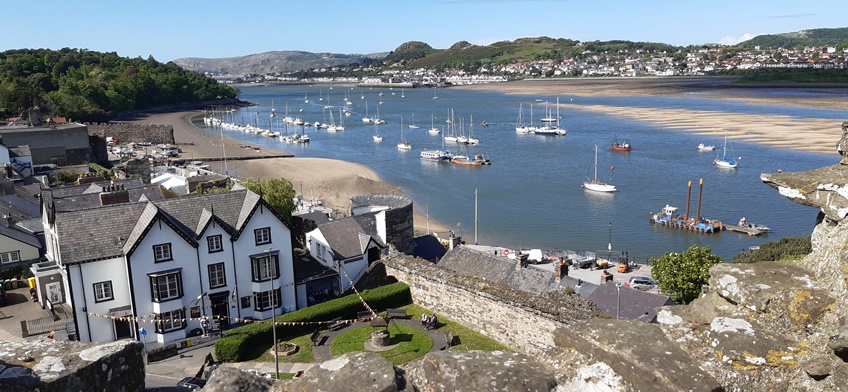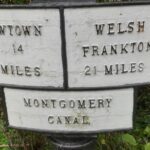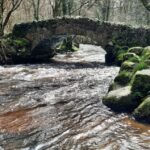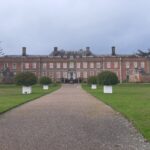Recently, we were off on a four-day mini-break road trip holiday from our home, near Monmouth, visiting the magnificent castles and stunning gardens that you find in Conwy, North Wales and Powys in mid-Wales.
We chose a cross-country route for a leisurely drive via Hereford, Shrewsbury and Oswestry, where we stopped for a smoked salmon sandwich, and caught our first glimpse of the Irish Sea around two in the afternoon.
Conwy castle, my wife Jenny and I quickly discovered, dominates the small historic walled town of Conwy and was built on the west bank of the River Conwy, close to Conwy Bay, by Edward 1st during his conquest of Wales between 1283 and 1287.
While it contains the best preserved and most intact set of medieval apartments in the whole of Wales, there were other important architectural gems to be found in the small market town we quickly discovered on this sunny May afternoon.

For just a few steps away from the aptly named Castle Hotel, which dates back to Elizabethan times and was to be our base for three nights, we came upon Plas Mawr known as Britain’s finest Elizabethan town house.
It was built in three stages and on three levels between 1576 and 1585 and was alive with the sights and smells of a wealthy merchant’s household.
Now we retraced our steps down the street and through an archway in the massive town walls, which are an eye-catching architectural feature of Conwy, to emerge onto a small promenade and fishing quay with magnificent views over the Conwy Estuary.
Only four full-time working boats still sail up to thirty miles out into the Irish Sea, landing a variety of fish including bass, pollock, lobster, cod and sole for the local market and we were delighted to find a fresh fish dish on the menu back at the hotel that evening.
“It’s heaven on earth,” announces the National Trust guide book’s introduction to Bodnant Garden, which is only a twenty-minute drive away and was our destination the following morning.
Hewn out of a hillside, the garden is a Grade-1 listed paradise, forged by the Victorian vision of one extraordinary man, Henry Pochin, perfected by his descendants and today cherished by visitors the world over, the guide book reveals. And I have to say that both Jenny and I can only heartily agree with those sentiments.
We spent a memorable morning strolling down through the shrub and plant-filled manicured gardens, covering eighty acres, and descending through wild flower meadows, where the first distinctive mauve orchids were just coming into flower.
Then we entered a hidden world of waterfalls and a stunning variety of multi-coloured azaleas and rhododendrons nestling amid tall trees.
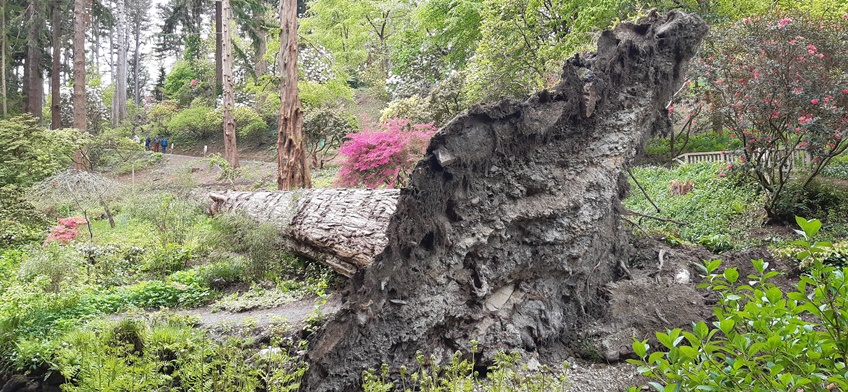
But not quite everything was perfect in this Garden of Eden thanks to Storm Arwen which blew down some fifty mature trees, including a giant Coastal Redwood that was planted back in 1887 and was over fifty metres tall.
That afternoon we toured Conwy Castle, one of the best preserved in the whole of the UK, and climbed one of its multiple towers for a walk around the battlements affording magnificent views over the estuary, town and mountains, but definitely not for everyone with no head for heights.
With a day in hand before driving on to Powys Castle and gardens, near Welshpool, we donned our walking boots and followed the Wales Coast Path some six miles to West Shore, Llandudno, and then up and around The Great Orme limestone headland, that juts out into the Irish Sea and dominates this bustling Victorian seaside town.
The first couple of miles over the estuary bridge and along the far shore are quite easy as long as one keeps looking at the views over the water to the hills beyond because the path runs alongside a railway line and a road.
But once beyond a marina and a smart shoreside housing complex and stetch of promenade, we were soon walking along a sandy path above a wide expanse of beach.
From West Shore, we followed the road up past a toll house until we came to the steeply rising Monks Path to the top of the ridge and then all the way around the headland to descend beside a dry ski slope and through Happy Valley and the delightful Butterfly Gardens.
Every now and again, we caught sight of Llandudno’s amazing Victorian pier, which at 700 metres, is the longest in Wales and one of the finest in the UK.
It was now just after 3pm and really too late to walk all the way back, so we called a taxi, although catching a train would have been an alternative option.
The next morning, we enjoyed a scenic two-hour drive through the North Wales national park and then on across the rolling and remote high hills of Denbighshire and into neighbouring Powys and a more gentle landscape, enroute for Welshpool, where we had previously stayed at the historic Royal Oak in the heart of this lovely old market town.
But today we were driving past the old coaching inn, enroute for nearby Powys Castle, another National Trust property, which dominates the skyline and was hewn out of red sandstone by a Welsh prince back in the 13th century.
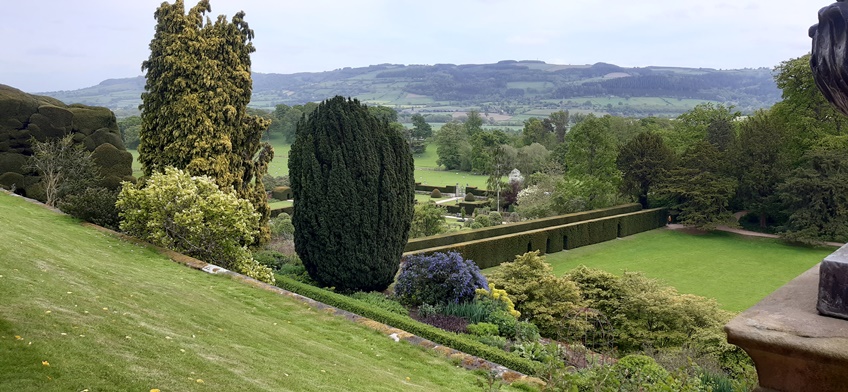
Its extensive Baroque gardens are terraced dramatically down the south-facing hillside into the shallow valley below and are certainly a must for garden lovers.
One striking feature of the gardens are the giant topiary yews that could not be accessed without scaffolding at pruning time.
A tour of the castle is also a must if only to see the collection of more than one thousand treasures collected by Clive of India and dating from 1600 to the 1830s.
Robert Clive was an important figure in the powerful East India Company which dominated trade between Europe, Asia and the Middle East.
All too soon it was time to climb back into the car for the two-hour drive back to our cottage and our own much-loved garden.

